Hey there GuineaGang,
Have you ever wondered about Abyssinian Guinea Pigs? Watch this short video for a quick summary of this topic:
It should come as no surprise that guinea pigs come in a variety of breeds. Although most people can’t tell most guinea pig breeds apart, by learning more about Abyssinian guinea pigs through reading this blog, you'll be more informed than most! We'll also help you to assess whether an Abyssinian guinea pig is the right choice for you.

Origins
Abyssinians are considered to be one of the oldest breeds of domesticated guinea pigs, but the exact origin of this breed is uncertain. It is also worth noting that this breed has advanced since the earliest days of domestication. Abyssinian guinea pigs are not rare. These popular guinea pigs are pretty commonly found at rescues, in pet stores, and in the homes of guinea pig parents!

Abyssinian Guinea Pig Characteristics
A healthy Abyssinian will have a naturally robust build, with a broad body and a wide head.
Abyssinians have multiple rosettes across their bodies. Rosettes are central points from which fur grows outward and these furs collide with fur from the opposing direction, causing them to crest and create ridges. Many of us call these “bad hairs” on Abyssinians.
Abyssinian guinea pigs come in a variety of colors and patterns, but those recognized by the breed standards of the American Cavy Breeders Association are listed below.

Self
This term is used to describe a guinea pig that is a solid color. For Abyssianians this patternless coat is recognized in beige, black, chocolate, cream, lilac, red, and white.
Brindle
A red base with black patterning blended in is commonly referred to as brindle, and it is a popular coat type amongst Abyssinians.
Roan
Another popular coat is roan, which consists of evenly mixed white and colored hairs covering a majority of the body.
Any Other Solid
When a guinea pig’s coat consists of well-blended yet varying shades of a single color it may be classified as dilute solid, golden solid, or silver solid.
Agouti
Agouti describes a fur pattern where each individual hair consists of two distinct colors. This pattern is similar to their wild ancestors and is recognized in dilute agouti, gold agouti, and silver agouti.
Marked
Any guinea pig with specific patterning may be classified as marked. Many of the markings recognized look exactly how they sound, including tortoise shell, and dalmatian.

Personality
You may be wondering, are Abyssinian guinea pigs friendly? And the answer is yes! Of all the breeds of guinea pigs, many claim that the Abyssinian is one of the most friendly.
Also, Abyssinian guinea pigs are known to share the average guinea pig traits of skittishness and social bonds. However, it is often noted that boars from this breed can be rather feisty compared to other breeds. Generally, Abyssinian guinea pigs will only bite when they're extremely uncomfortable and as a defense mechanism, but this is how most guinea pigs are in general.
Like any guinea pig, they can be desensitized through positive reinforcement and socialization with humans. If you’re more interested in learning about bonding with guinea pig, you can read our blog “Here are the 4 Steps to Bond With Your Guinea Pigs”
Abyssinian Guinea Pig Care
Coat Care
The structured coat of an Abyssinian does not blend well with water. Light bathing can be used in cases where your guinea pig is particularly dirty, but their distinct fur patterns may take weeks to return to their former glory. Avoid heat treating the fur and any brushings should be gentle to not disturb coat patterning.
Cage Size
You may be wondering, how big does an Abyssinian guinea pig get? An Abyssinian full-size guinea pig can range from 8 to 12 inches depending on gender, birth order, diet, and overall health. Much like other breeds, a single Abyssinian should be given at least 7.5 square feet of cage space.
For each guinea pig that is added to that cage, it is best to add another 3 square feet. The most important thing when it comes to housing an Abyssinian is ensuring that their cage is kept very clean. The cleaner their cage, the less bathing they will require and the better their signature hairstyle will look. We recommend that you clean the cage more often with the GuineaDad Premium Liner and replace any soiled fleece liners.
Food, Diet & Exercise
Abyssinians are meant to have a more robust body type, but they are not intended to be overweight or excessively large. Feed a balanced diet and provide plenty of opportunities for exercise to keep them at a healthy weight. Always considered clean, filtered hay such as GuineaDad Timothy Hay. Extra care when processing is necessary to ensure guinea pig’s respiratory health.
Common Abyssinian Health Issues
With a proper environment and diet, most health issues can be prevented in the Abyssinian. This includes things like bumblefoot, respiratory diseases, and infected lesions. Hereditary health issues can be more difficult to manage and, like any specialty breed of animal, they may be enhanced by irresponsible breeding. The GuineaDad Premium Liner has AirCell™ Technology keeps guinea pig’s paws dry, and safe.
Where to Find an Abyssinian Guinea Pig
Rescue centers and pet stores carry plenty of guinea pigs. You may also look for experienced breeders for Abyssinians with a reliable health history. It may take some time to find your perfect guinea pig, especially if you are in search of a rarer color of Abyssinian, but it is certainly worth it. You can read more about “Where Should You Get Your Guinea Pig” in our blog.
To learn more about guinea pig breeds, read our blogs:
The Complete Guide to Peruvian Guinea Pigs!
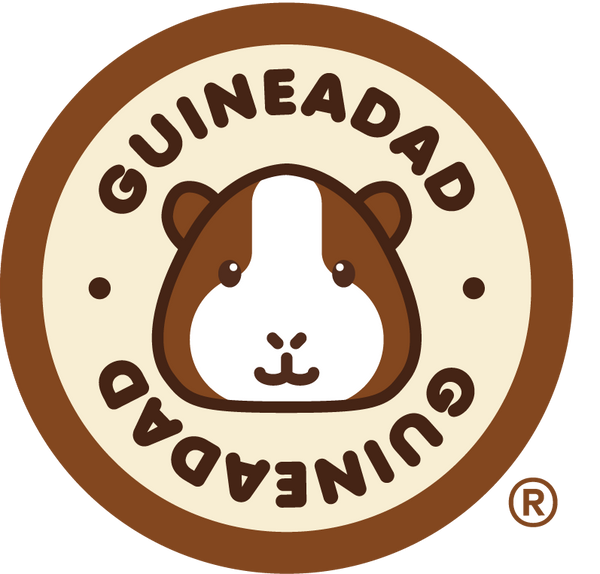
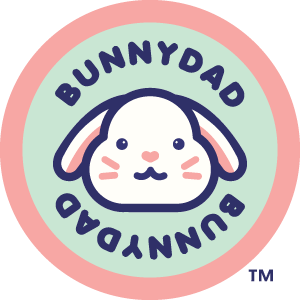
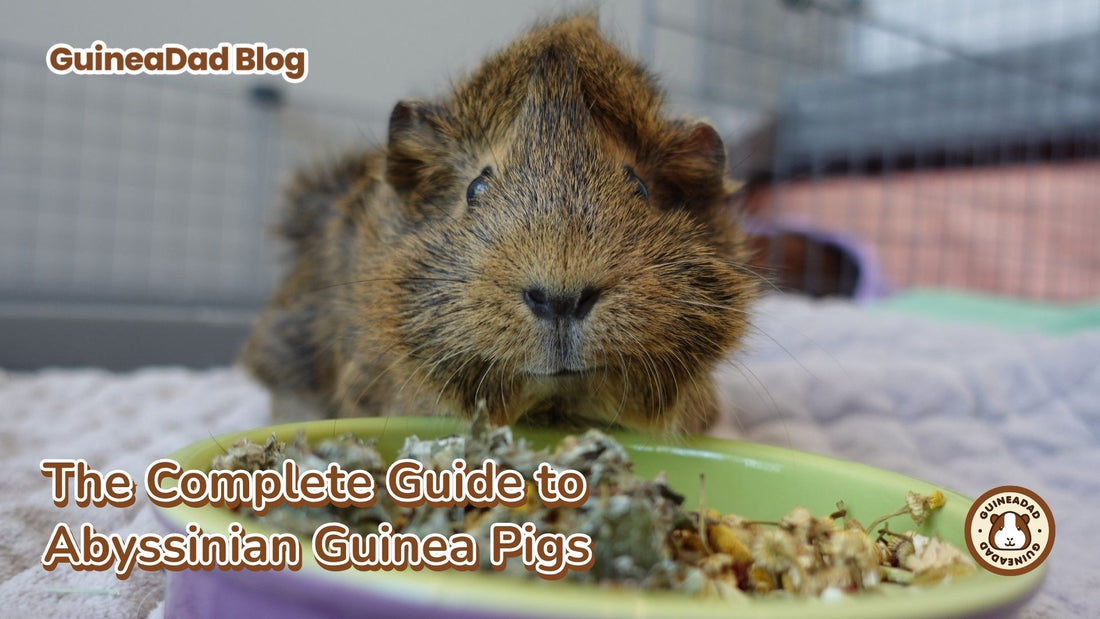





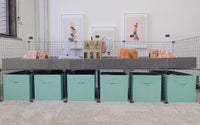
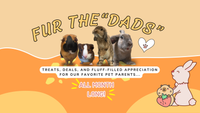

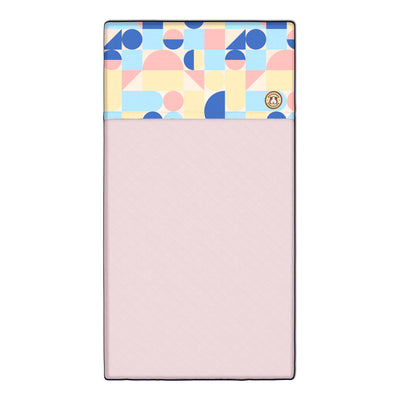
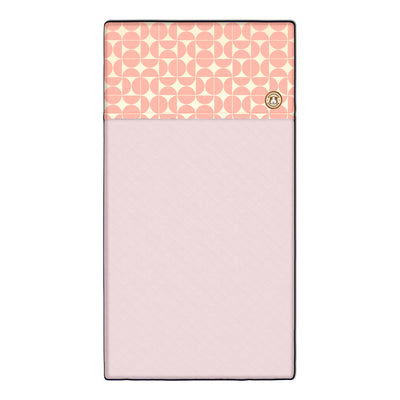
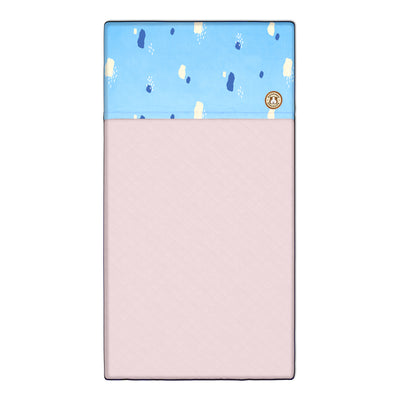
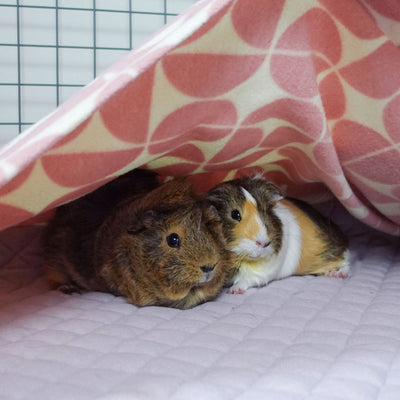
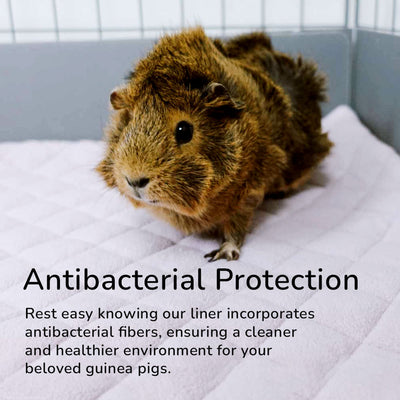
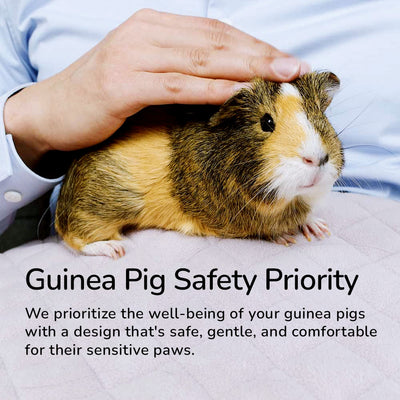
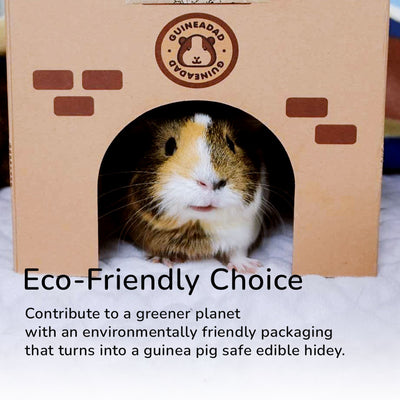
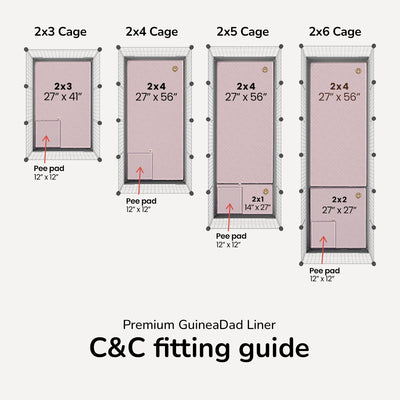
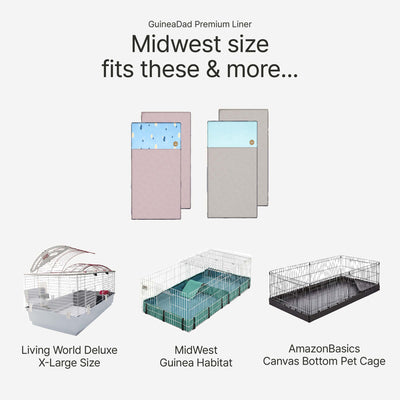
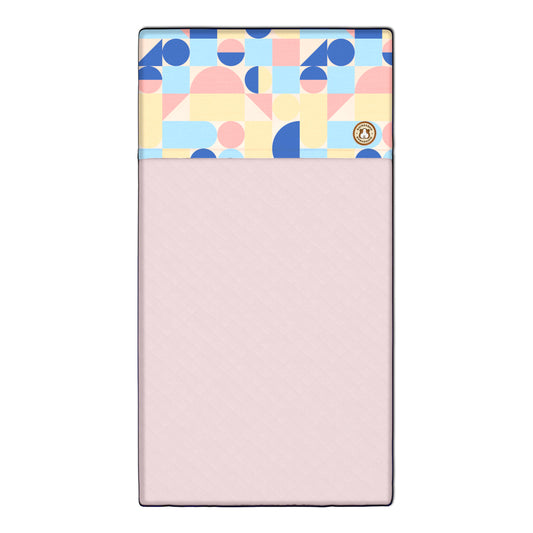



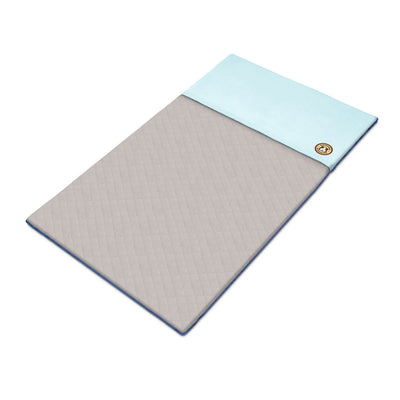
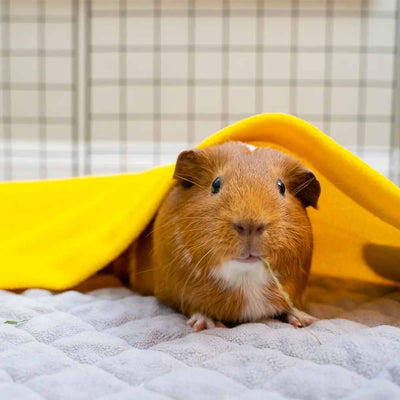
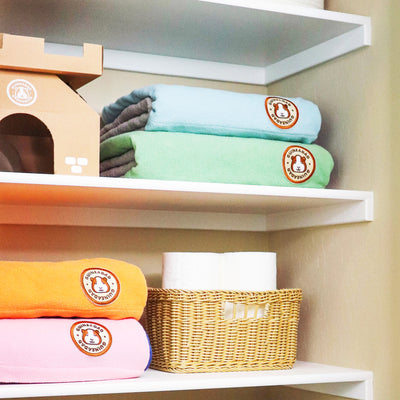
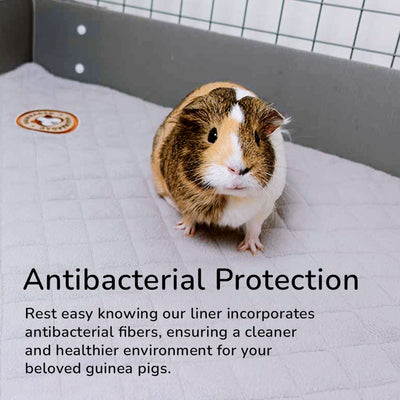
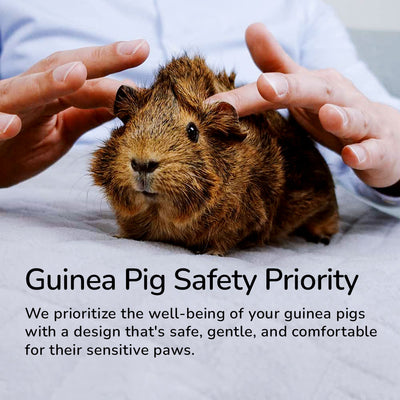
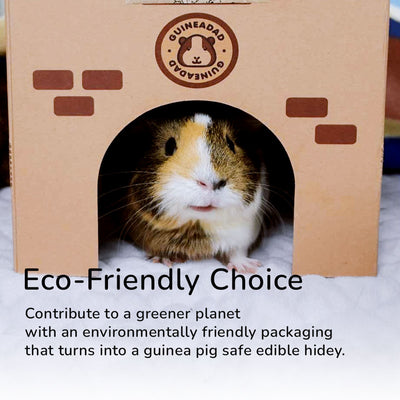
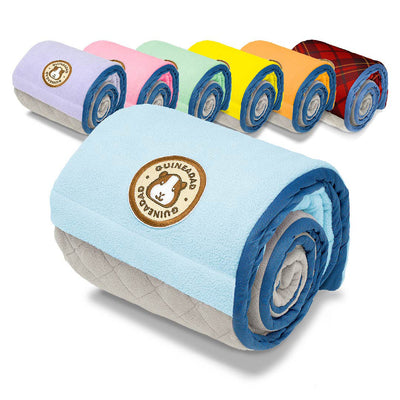
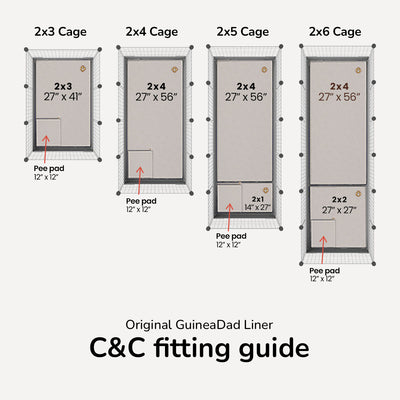
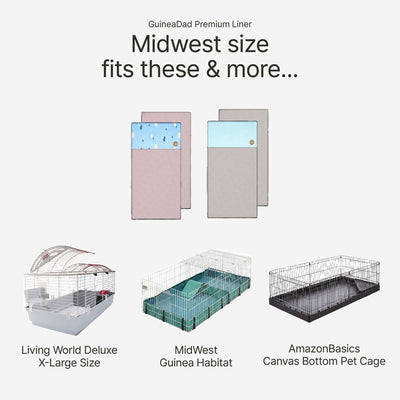
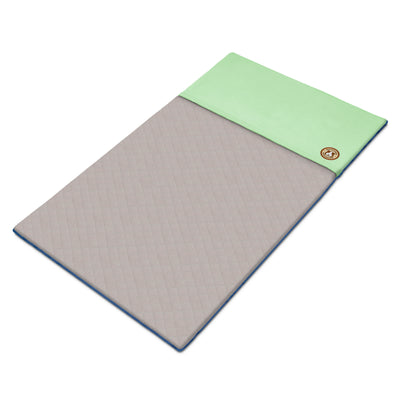
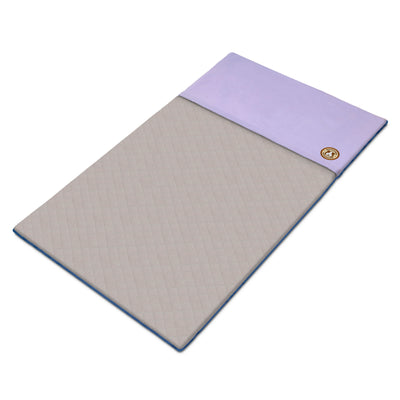
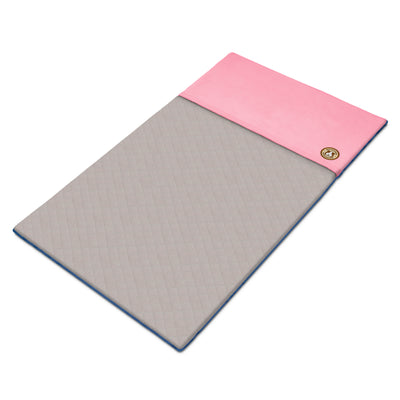
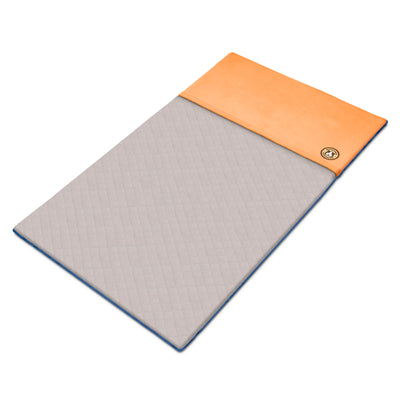
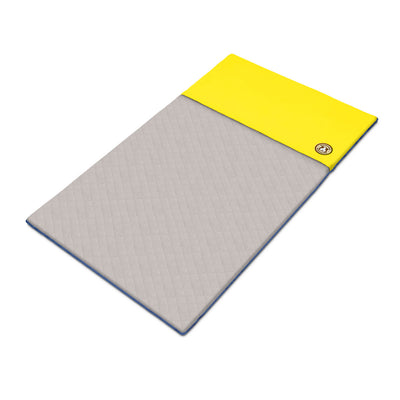
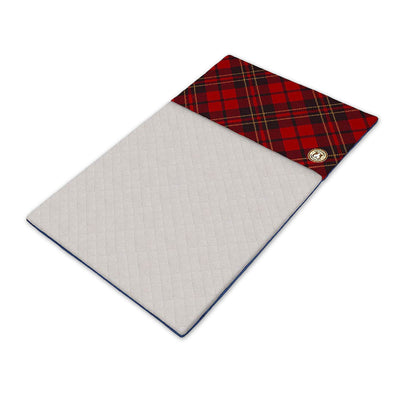
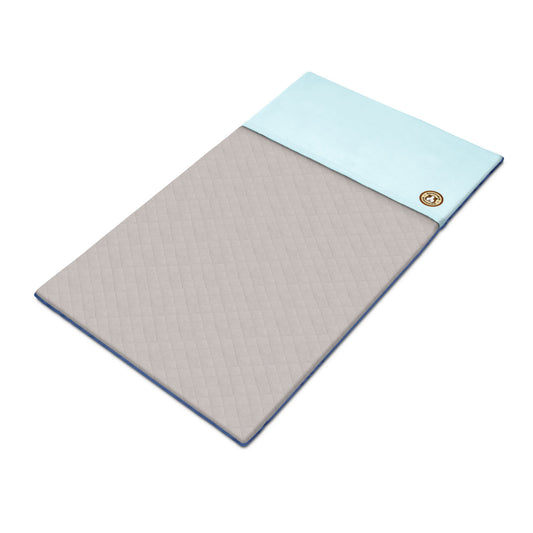







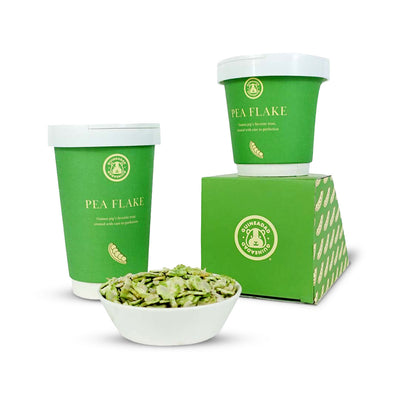
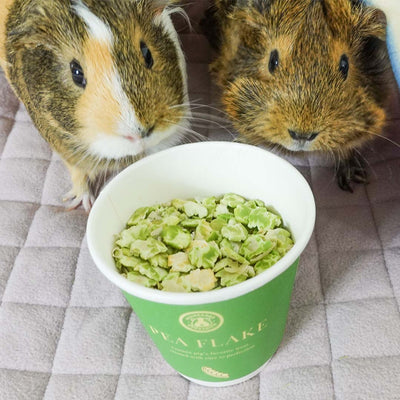
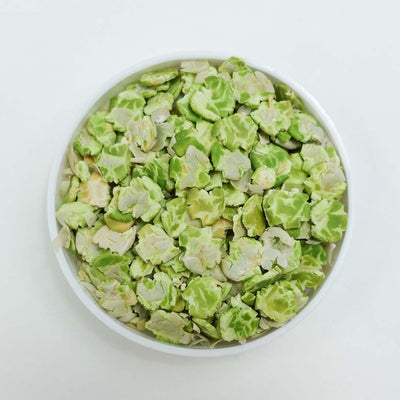
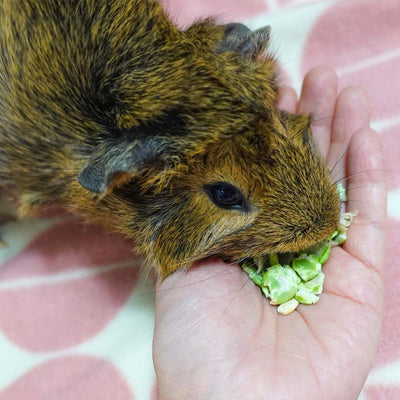
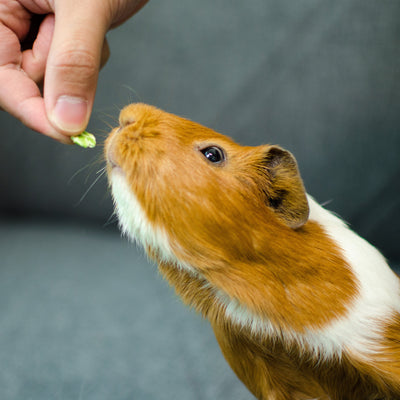
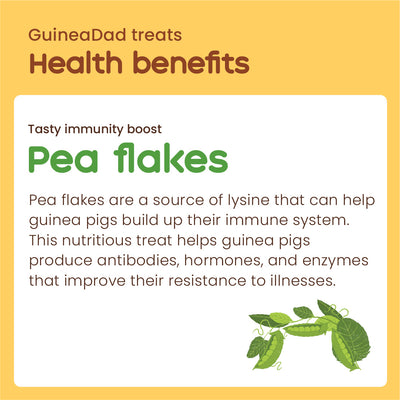
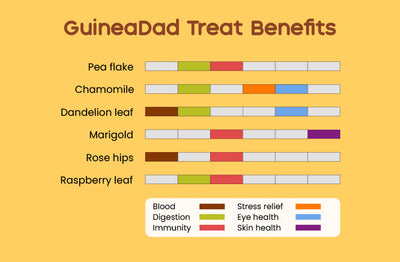
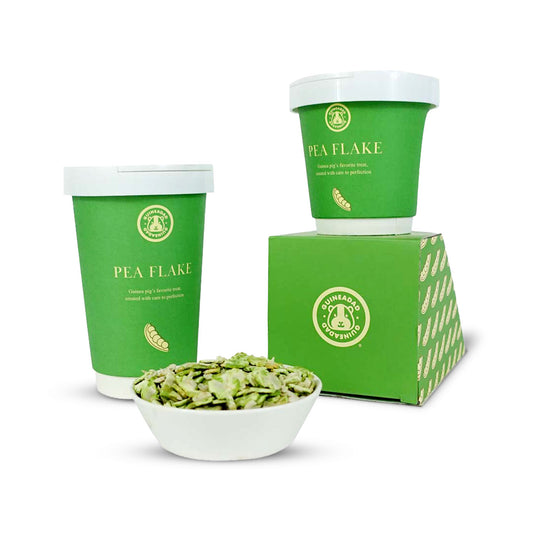
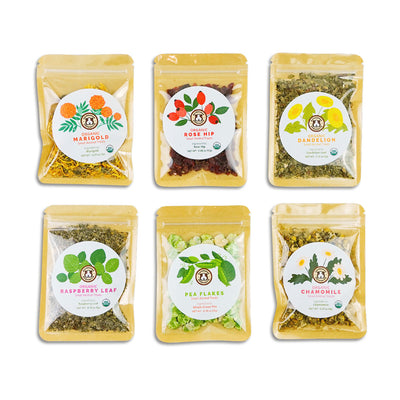
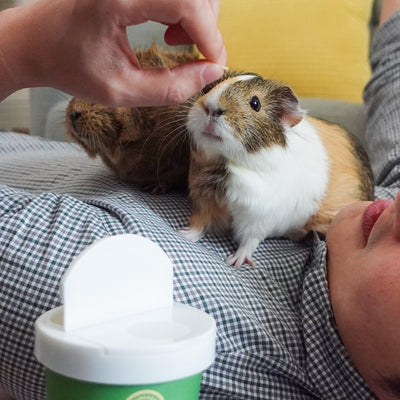
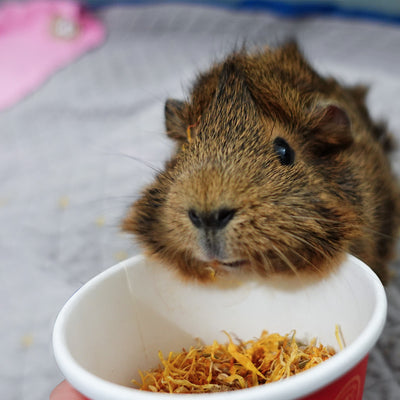
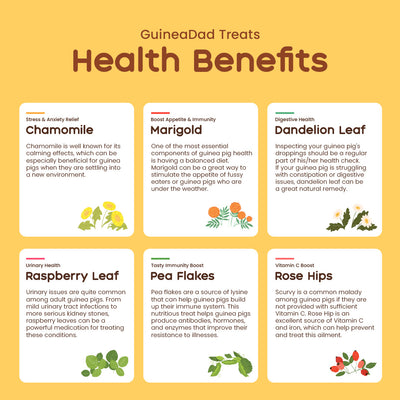
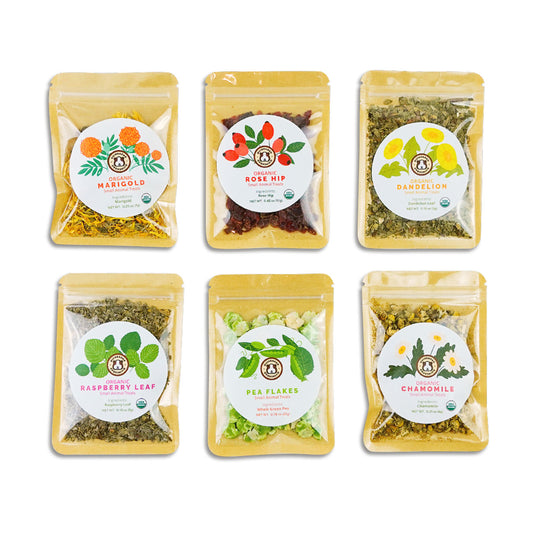
4 comments
Thank you so much for putting this article together. I definitely agree that rescue centers should be the first option, followed by responsible breeders, and pet stores should be the last option. That being said, depending on your region, you may not find your breed of choice at a shelter. Our local animal shelter rarely gets cavies in. I know this because I volunteer there most weekends. Sadly, it is far more common for people to dump them at a park. When the shelter does get cavies 90% of the time they’re some variety of smooth coated cavy. There is a cavy specific rescue but it’s over 90 minutes from me. It’s a very small operation run by a husband and wife out of a room in their home so there’s not any advertisements that would let people know about them. My first boy was a pet store purchase. I didn’t know any better and at the time, the idea that you would find more than cats and dogs and maybe some farm animals at some larger operations hadn’t even occurred to me. Knowing what I know now, he was definitely mistreated. He was alone in a 10 gallon aquarium (probably because he was very feisty and old enough to reproduce) and then they had another 10 gallon aquarium with fro boy 10-15 much younger guinea pigs in it. They recommended a cage that was barely big enough to use as a travel carrier. Then I came home and searched Facebook for cavy groups and that was how I learned that there was a cavy shelter. After joining some groups and realizing what I had gotten myself into, I went to the cavy shelter and came home with a boy on a foster to adopt program because he was so poorly that the vet didn’t think he’d last 2 weeks. I nursed him back to health and he’s fat and happy now, 15 months later, and I’m enrolled in a veterinary nursing program. My most recent boy came from a breeder 3 hours away from me who was getting out of the business and had 1 last litter she needed to find homes for. My best friend took the 2 sisters and I took the brother. So cute I’ve gotten cavies from all 3 options. I recognize that in my area, you really have to try to get a cavy from anywhere but a pet store. So purchasing from a pet store is a valid option, however, as responsible cavy parents and advocates, we should definitely be encouraging adoption as the first option.
It may not be ethical to purchase from a pet store because I know not all of them treat their pets appropriately, but for most people that is where they will find one. Not all towns have shelters available to rescue a cavy, and personally I purchased my two from a pet store. I like to think that I rescued them from the store; however my store loves their cavy and most of the employees own them as well. You can not sum up all stores as the same. My store even remembers me when I come in and asks how my boys are doing! I would recommend getting them from shelters if there are any near you. I LOVE MY GUINEADAD LINERS BTW!!
I have to take issue with your article on where to find Abyssinian Guinea Pigs. Telling would be owners that they can be purchased at Pet Stores is just plain ignorant and irresponsible this day and age. As a 20 year veteran foster parent volunteer at our local shelter I can tell you how damaging it is to any pet to even mention pet stores as a good place to get an animal with the exception of possibly tropical fish. Our shelter is always full of Guinea Pigs that have been purchased at a pet store on a whim and then discarded a short time later. As a supposed leader in modern Guinea Pig care, your company should be ashamed to include getting a Guinea Pig at any pet store be it small or a national chain like Pets Mart. Please make a retraction from any other articles that say as much or your company will lose credibility.
Sorry to mention but recommending to shop for quinoa pigs at pet stores is not ethical considering that pet stores don’t treat animals well and pet mill circle will continue as people buy small animal from the stores while rescues and shelters are flooded with guinea pigs and hamsters